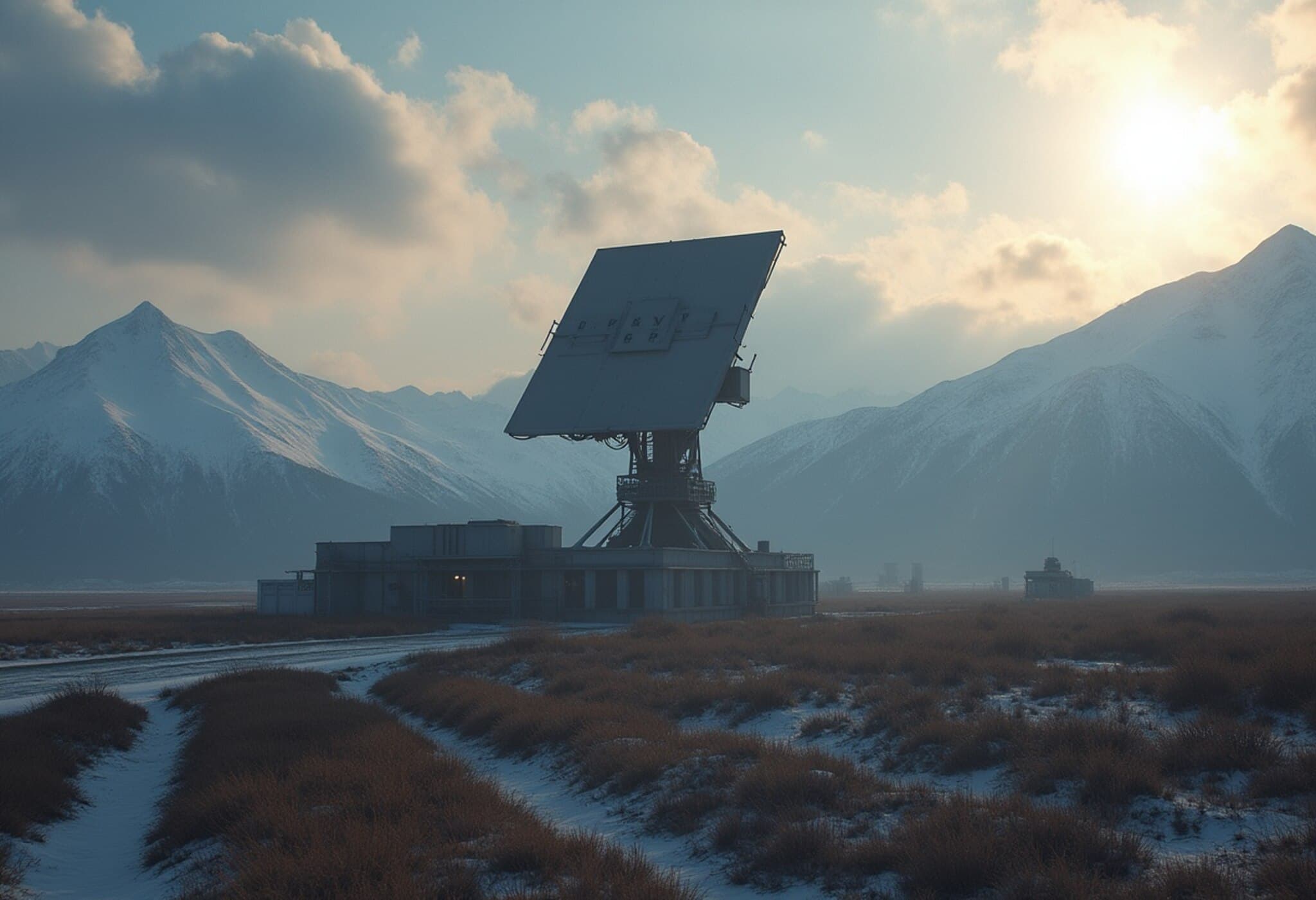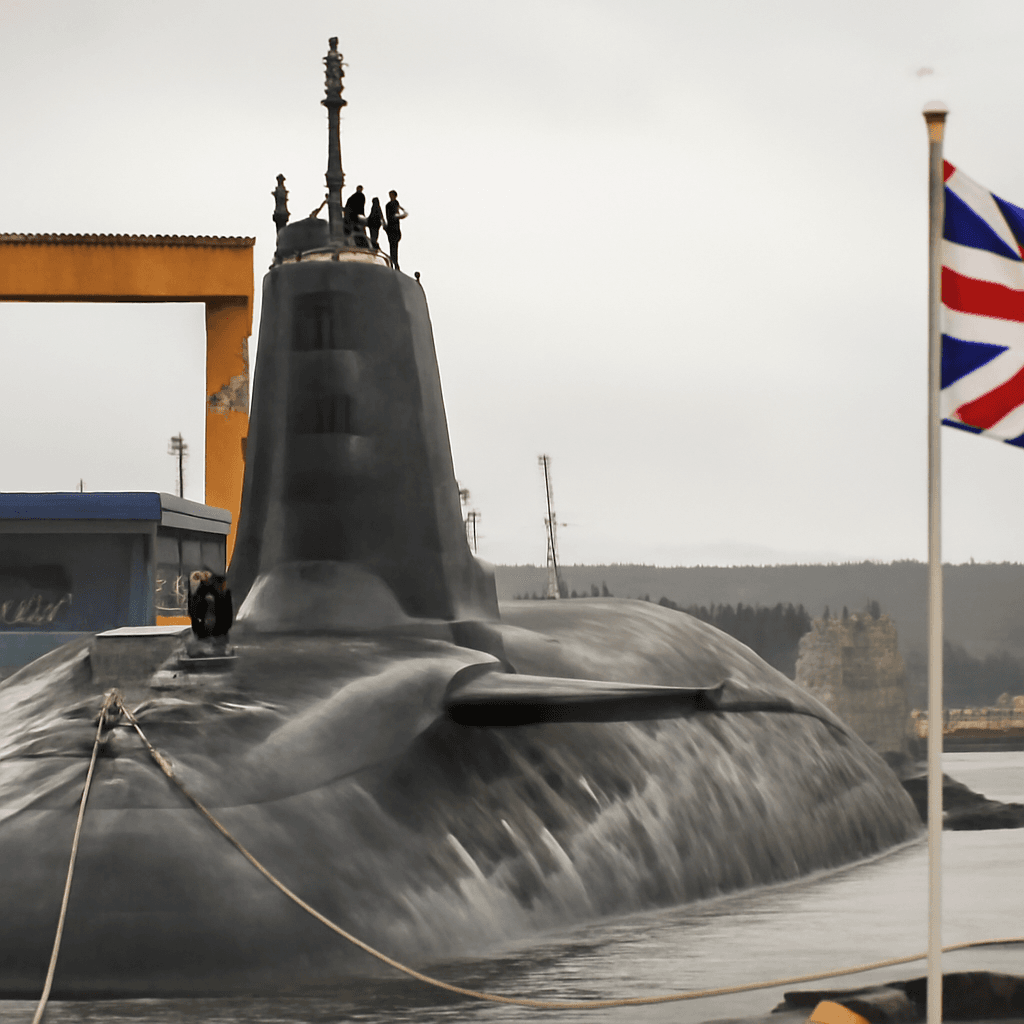US Advances Missile Defense with Long-Range Radar Test in Alaska
The Pentagon recently completed a successful test of a cutting-edge long-range radar system stationed in Alaska. This radar is designed to detect and track missile threats originating from strategic adversaries such as Russia and China. The system's capabilities point toward its eventual integration into the ambitious Golden Dome missile defense shield, which aims to enhance the United States' missile interception capabilities significantly.
Long Range Discrimination Radar: A Crucial Component of Missile Defense
Developed by Lockheed Martin, the Long Range Discrimination Radar (LRDR) recently demonstrated its ability to acquire, track, and transmit detailed missile target information. These tasks are fundamental to the Golden Dome program, a $175 billion investment focused on creating a comprehensive defense against ballistic missile attacks targeting the US and potentially its allies.
The LRDR is a key part of the Ground-Based Midcourse Defense (GMD) system, designed to improve the effectiveness of missile interceptors deployed at critical sites in Alaska and California. These interceptors primarily defend against emerging ballistic missile threats from nations like Iran and North Korea.
Details of the Recent Flight Test
- The test was conducted at Clear Space Force Station, Alaska.
- A missile target, developed by the Missile Defense Agency, was air-launched over the Northern Pacific Ocean.
- The target traveled more than 2,000 kilometers (1,243 miles) off Alaska’s southern coast.
- Throughout this flight, the LRDR successfully tracked the target, showcasing its long-range detection capabilities.
Golden Dome: The Next-Generation Missile Defense Shield
The Golden Dome initiative aims to develop a satellite-based network that can detect, track, and intercept incoming missile attacks swiftly and accurately. Drawing inspiration from Israel’s highly regarded Iron Dome system, Golden Dome is envisioned as a cornerstone of national security for the US.
Despite its strategic importance, the program faces hurdles including political scrutiny and significant financial challenges due to the expected high costs. The project is targeted to be operational by January 2029, although experts remain skeptical about meeting both the timeline and the stringent budget.
Collaborative Defense Efforts
This radar test is a collaborative effort involving the US Missile Defense Agency, the US Space Force, and US Northern Command, reflecting a unified approach to bolstering the nation's defense systems against evolving missile threats.
The successful demonstration of LRDR’s capabilities marks an important milestone in fortifying the US’s layered missile defense strategy, reinforcing readiness against potential attacks from formidable global rivals.



















